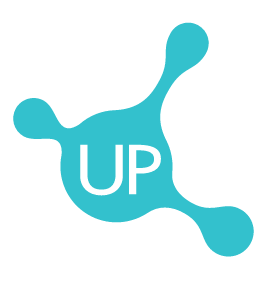There are many myths and misconceptions about people with Down syndrome. On World Down Syndrome Day, NeuronUP would like to take this opportunity to expose false beliefs and promote the social integration of people with this syndrome.
What is Down Syndrome?
Down syndrom is not a disease. It is a genetic change caused by the presence of a extra chromosome or part of it. People with this syndrome have three copies of chromosome 21 instead of the usual two, and this is why this syndrome is also called Trisomy 21. It is the most common human chromosomal abnormality, however It is not a disease and therefore, does not require medical treatment.
Why is this happening?
Approximately one in 600-700 babies in the world is born with Down syndrome. An estimated 34,000 people with this syndrome live in Spain, which equates to a global population of six million.
The cause of this genetic abnormality is unknown. It happens spontaneous and cannot be prevented.
Mother’s age is the only factor that has been shown to increase your risk of having a baby with Down syndrome, especially mothers older than 35 years of age.
Are there different degrees?
There are no degrees. Every person with Down syndrome is different and has different characteristics and changes.
Most common cause of intellectual disability
Down syndrome is the most common genetic cause for limited intellect. Between 30% and 40% of people with intellectual disabilities have this syndrome. This genetic change leads to slower development. Hence, it is imperative that children with this syndrome participate in stimulation intervention programs known as from birth Early intervention.
The importance of early intervention
Early intervention programs target children with Down syndrome, ages 0-6, to try to minimize the developmental delays associated with this disability by taking advantage of the brain’s neuroplasticity, that is, the brain’s potential to change and adapt. In short, these programs aim to stimulate psychomotor, cognitive, linguistic and socio-emotional development.
If you enjoyed this blog, you may also find the following posts interesting:
Professional neurorehabilitation tool
![]()
Summary
![]()
item name
Down syndrome: what is it? Numbers, Myths and Truths
description
There are many myths surrounding Down’s syndrome and at NeuronUP we want to banish them and in this way improve their social inclusion.
author
NeuronUP
Editor’s name
NeuronUP
Publisher logo
![]()


Comments are closed.